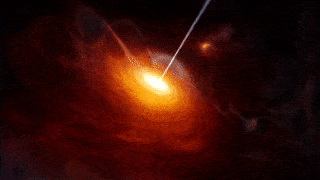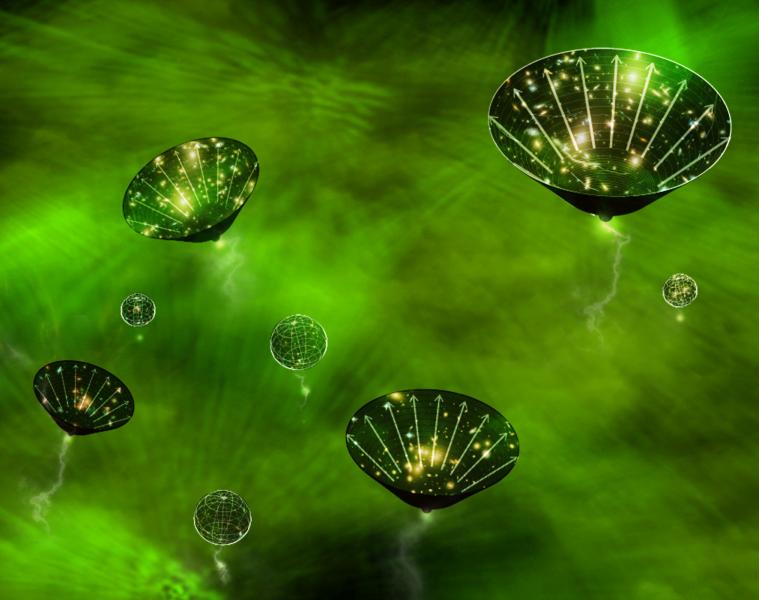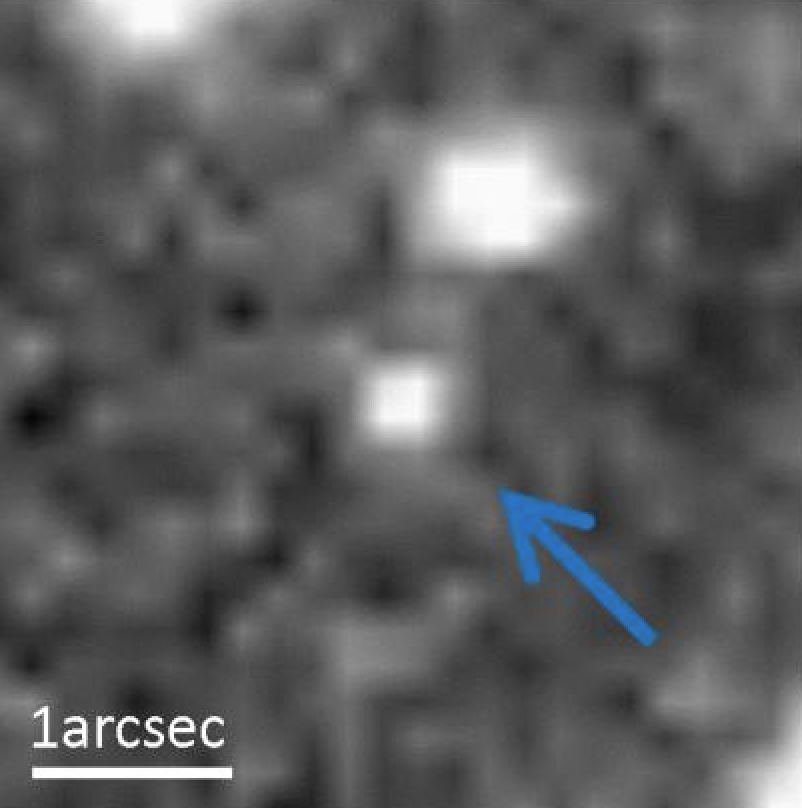Premature birth? The most distant quasar raises questions
Astronomers have discovered the most distant quasar yet. The monstrous celestial object called J0313-1806, which existed 670 million years after the Big Bang, shines thousands of times brighter than the Milky Way and is powered by another extreme, the earliest supermassive black hole, more than 1.6 billion times the mass of the Sun. This fully formed distant quasar with a redshift of z = 7.64, formed more than 13 billion years ago, is also the earliest quasar discovered to date, giving astronomers a glimpse of how massive galaxies formed in the early universe. Quasars, powered by the feeding orgies…







